- | 9:30 am
This machine looks like a robot from ‘Wall-E,’ but it can turn air into drinking water
Tunisian startup Kumulus developed a device that mimics the natural condensation process to convert humid air into safe drinking water.
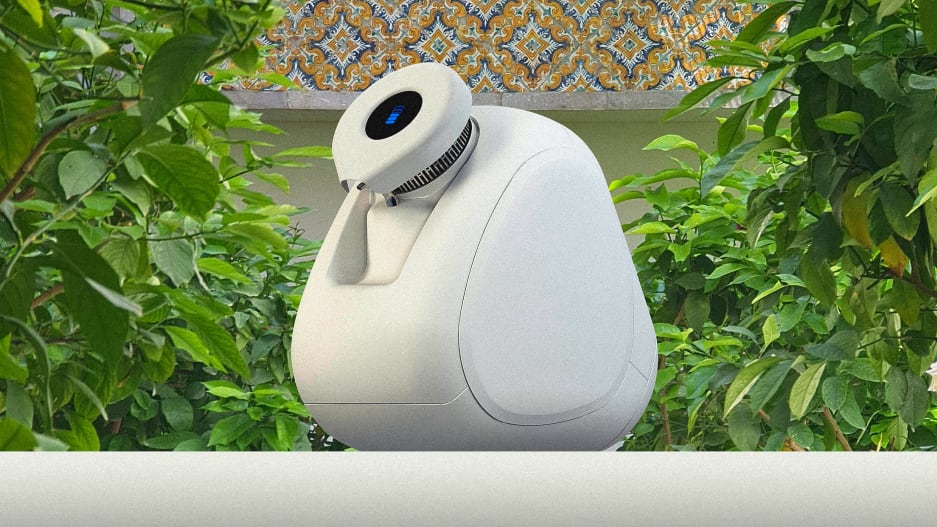
About three years ago, Iheb Triki went on a four-day camping trip in the Tunisian desert. After a six-hour drive through mountains of sand, he and nine friends arrived at their destination with 100 liters of bottled water. Then three things happened: Triki saw the sheer volume of bottles laid out in front of him; he noticed the piles of empty plastic trash left over from previous campers; and the next morning, he spotted tiny droplets of dew on the surface of his tent. So Triki, an engineer by training, had an idea.
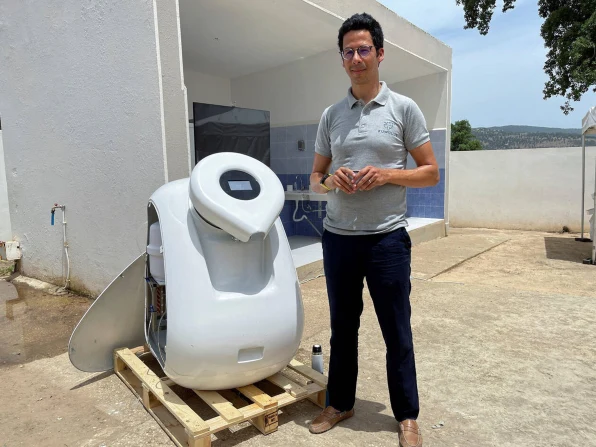
Iheb Triki [Image: courtesy Kumulus]
For now, three devices have been deployed in Tunisia and Paris, where they’re being tested. But in the three weeks since it launched, the startup has already received more than 100 preorders, worth around $700 million, from clients in France, Italy, Mexico, and Uruguay.
The Kumulus team isn’t the only one trying to harness water out of thin air. Since 2014, water technology startup Source, formerly known as Zero Mass Water, has been using similar technology to pull moisture from the air with solar-powered “hydropanels,” though it can only produce three to five liters of clean water per day. Meanwhile, earlier this year, researchers at the Massachusetts Institute of Technology developed a prototype for a suitcase-size machine that can turn saltwater into potable water. And last year, a team at the King Abdullah University of Science and Technology devised a prototype that pulled vapor from the air and condensed it into water clean enough to grow spinach in the Saudi Arabian desert.
Kumulus, on the other hand, can produce up to 50 liters in 24 hours, according to Triki. (It would be most efficient in coastal areas with high humidity.) The machine works much like the dew that formed on the surface of Triki’s tent: Humid air automatically enters the machine through tiny openings at the top and passes through an initial filter. It is then cooled in a chamber that condenses the moisture in the air and turns it into dew. The water is filtered again, mineralized, and stored in a water tank.A spout on the outside lets people easily access the water. A screen, meanwhile, displays how much water is available inside the machine; it can be linked to an app that lets users monitor things like water quality and when to change the filter. Triki envisions that eventually it will be a highly customizable device with which users can control the kinds of minerals they can add, like magnesium for people running a marathon.
Kumulus may be a technical machine, but none of this shows on the outside. “We were engineers, and my biggest fear is to have a product that works well technically but isn’t beautiful,” says Triki, who understood the value of design early on and brought on local designer Zouhair Ben Jannet to turn the prototype into a viable product.
Ben Jannet, whose portfolio skews more architectural than industrial design, drew inspiration from amphoras that were once used by Greeks and Romans to transport anything from wine to olive oil. “When I was a child, people used to put water in clay jars in front of their houses for passersby,” Ben Jannet says. “Its form hasn’t changed for centuries. I tried to modernize [it].”
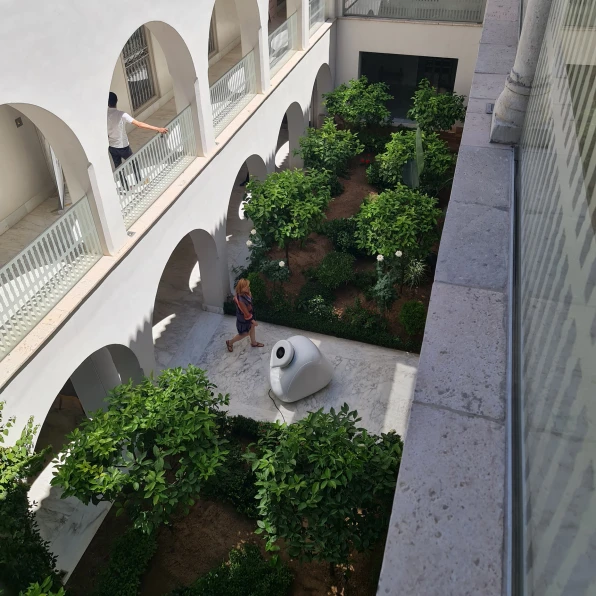
[Photo: Zouhair Ben Jannet/courtesy Kumulus]
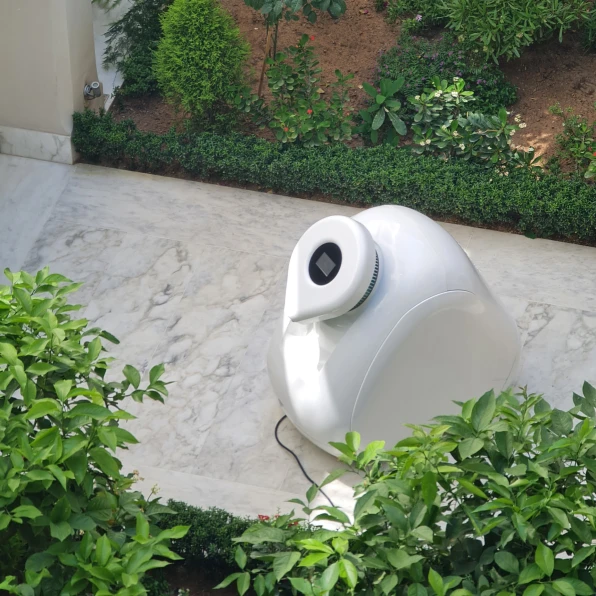
[Photo: Zouhair Ben Jannet/courtesy Kumulus]
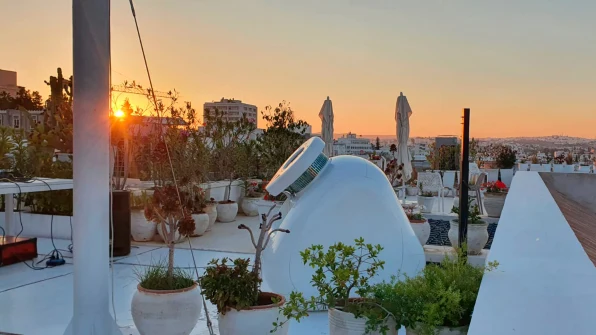
[Photo: Zouhair Ben Jannet/courtesy Kumulus]






































